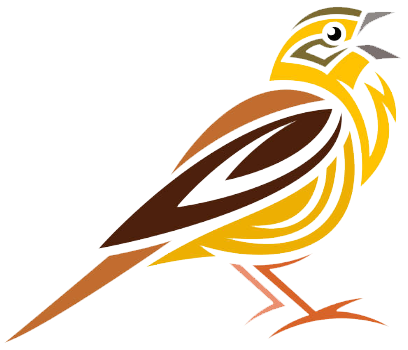University leaders face mounting pressures to deliver high-quality online and hybrid courses while managing tight budgets and timelines. With Canvas LMS as a cornerstone platform for many institutions, the process of building and revising courses can often become a bottleneck, consuming valuable resources from instructional design teams. However, innovative workflow strategies, such as task batching, offer a proven way to streamline these efforts, potentially increasing efficiency by up to 40%. Let’s explore the science behind this approach and how partnering with us for your instructional design needs can help your institution work smarter, not harder—whether through targeted consultations or full outsourcing of course builds.
The Challenge: Inefficient Course Development Timeframes
Creating or updating courses in Canvas involves a multitude of tasks: designing learning modules, creating authentic assessments like quizzes and assignments, developing engaging discussions, building rubrics, and integrating multimedia elements. Traditionally, instructional designers tackle this module by module,completing all components for one section before moving to the next.
While logical on the surface, this sequential method often leads to prolonged timelines, team burnout, and inconsistent quality. Enrollment demands rapid course iterations to stay competitive, inefficiencies like these can hinder institutional goals, from expanding online programs to enhancing student outcomes.
The good news? A shift in approach can transform this process. We have field tested this process in hundeeds of Canvas course builds. By batching similar tasks across the entire course—such as creating all discussions first, then all assignments, or all learning pages—instructional designers can harness cognitive and operational advantages that accelerate development without sacrificing quality.
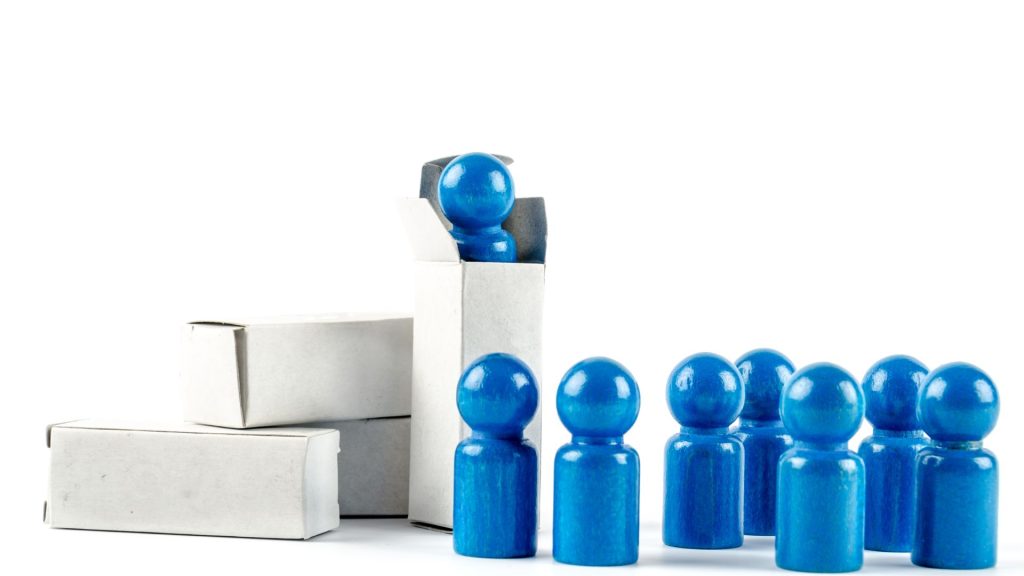
The Solution: The Power of Task Batching
Task Batching Accelerates Course Development: Insights from Cognitive Science
This batching technique isn’t just a productivity hack; it’s grounded in well-established principles from psychology and workflow optimization. Here’s why it can make your Canvas course builds and revisions 30% faster.

Reduce Context Switching for Peak Focus
Switching between diverse task, from scripting a video lecture to configuring a quiz—imposes a significant “mental tax.”
According to research from the American Psychological Association, such shifts can slash productivity by 20-40% due to the time needed to refocus and recall specific tools or guidelines.
In Canvas, batching keeps designers in a single mode, like rubric creation, allowing them to apply consistent standards across modules efficiently. For university leaders, this means shorter project cycles and more predictable timelines for launching new programs.
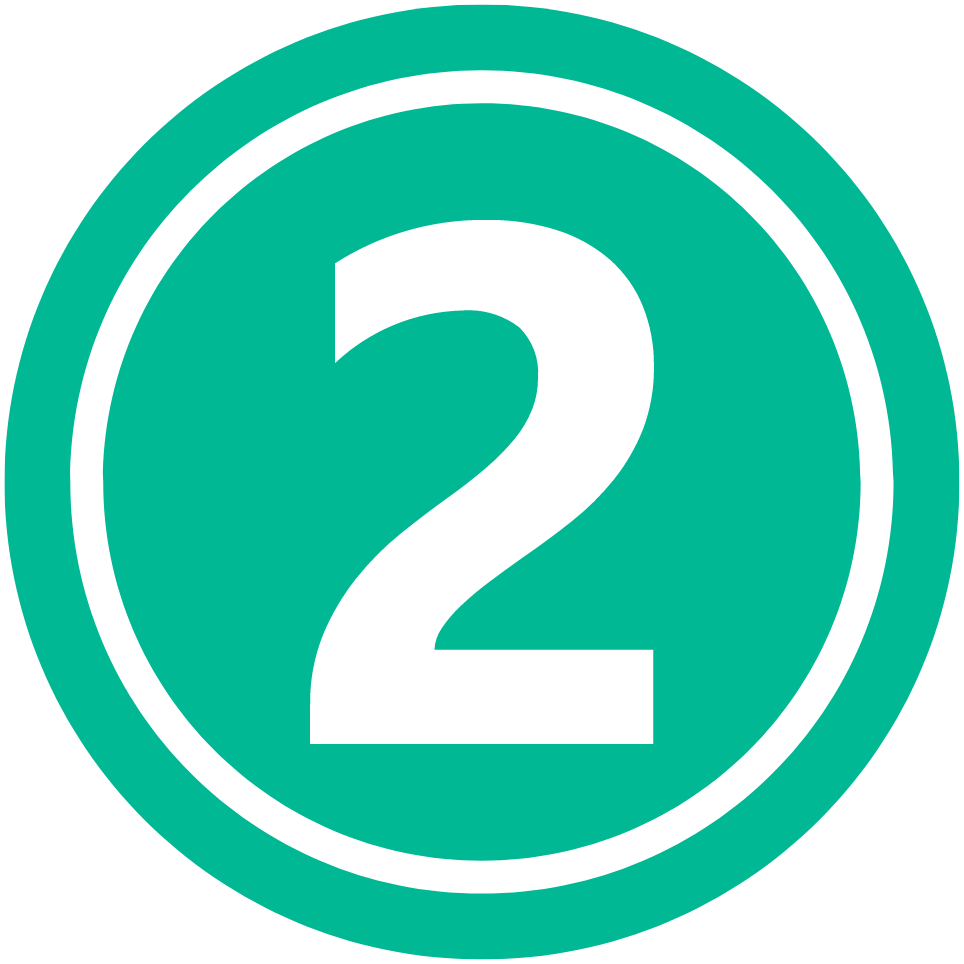
Unlock Flow State for Sustained Productivity
Coined by psychologist Mihaly Csikszentmihalyi, “flow” is that immersive state where work feels effortless and output soars. Batching similar tasks allows this by building rhythm and immediate feedback loops, such as seeing a series of quizzes take shape quickly.
Scattered work disrupts flow, leading to frustration and delays.
In a higher education context, this translates to instructional teams delivering polished courses faster, freeing them up for strategic initiatives like curriculum innovation.
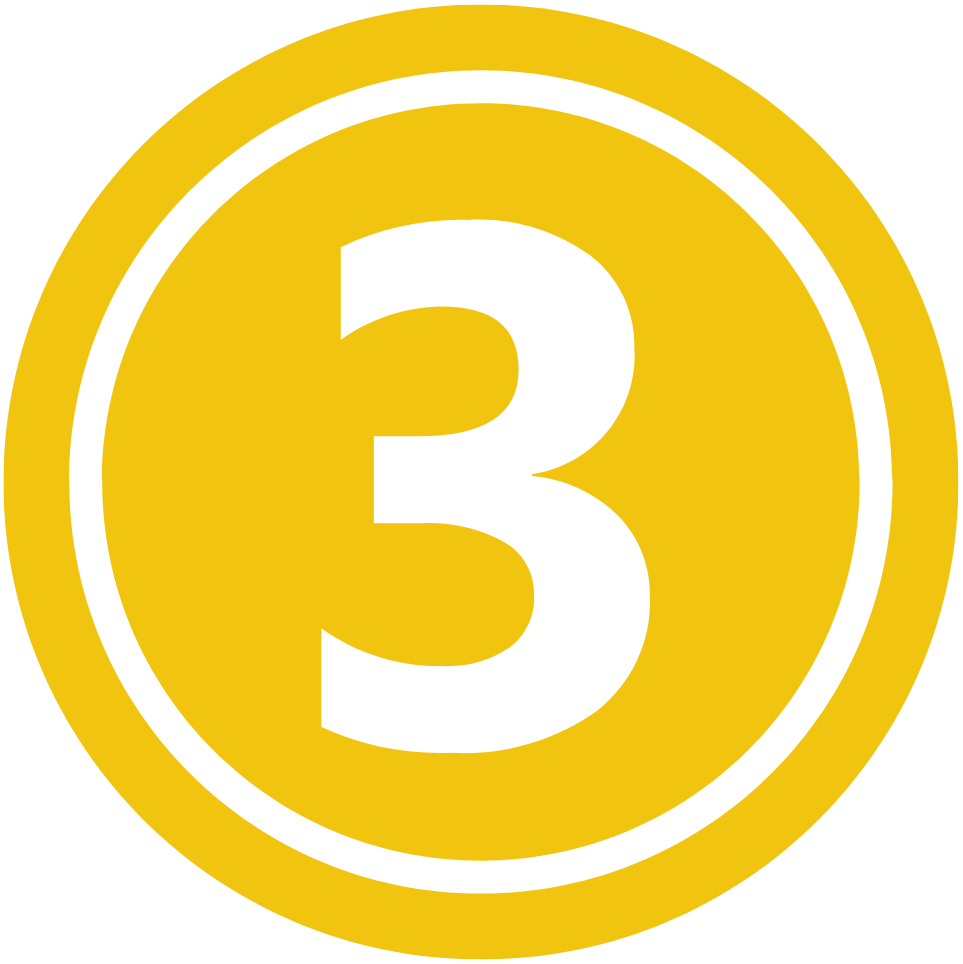
Leverage Pattern Recognition & Cognitive Efficiency
The human brain thrives on patterns. When handling all learning materials at once, designers can identify reusable elements, like templates or themes, and apply bulk edits—features Canvas supports through tools like blueprints and module duplication.
Cognitive science research from institutions like Carnegie Mellon highlights how “chunking” information into groups enhances processing speed and reduces errors.
For leaders overseeing large-scale revisions, this minimizes costly rework, ensuring courses align with accreditation standards more seamlessly.
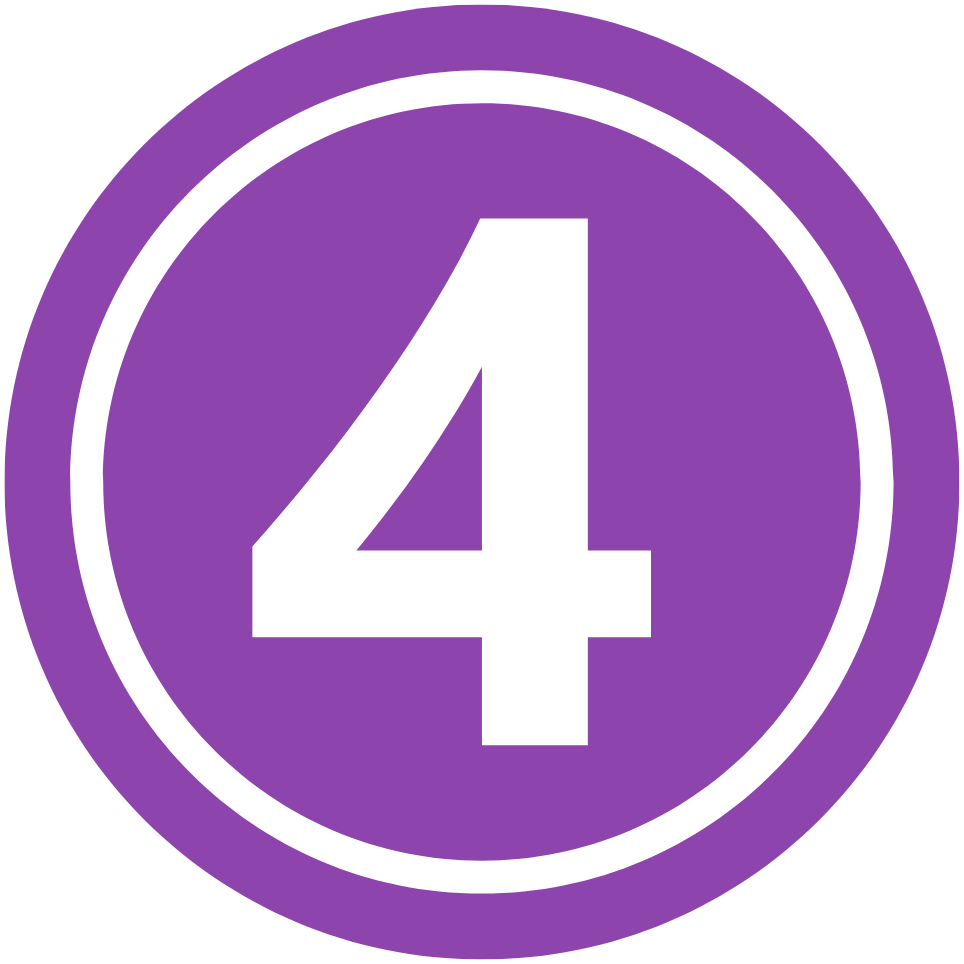
Apply Canvas-Specific Workflow Optimizations
Canvas’s user-friendly interface shines in batched workflows.
Designers can utilize calendar views for aligning due dates en masse or import rubrics across courses in one session.
This not only speeds up the build but also promotes course-wide consistency, which is crucial for accessibility and student engagement. Institutions dealing with high-volume revisions, such as during program overhauls, can see substantial time savings here.

Combati Fatigue and Minimizing Errors
Varied tasks heighten cognitive load, as explained by John Sweller’s Cognitive Load Theory, leading to quicker exhaustion and higher mistake rates.
Batching maintains a balanced load, preserving mental energy for creative aspects like content curation.
The result? Fewer inconsistencies, like misaligned assessments, which often plague module-by-module builds and require time-intensive fixes.



